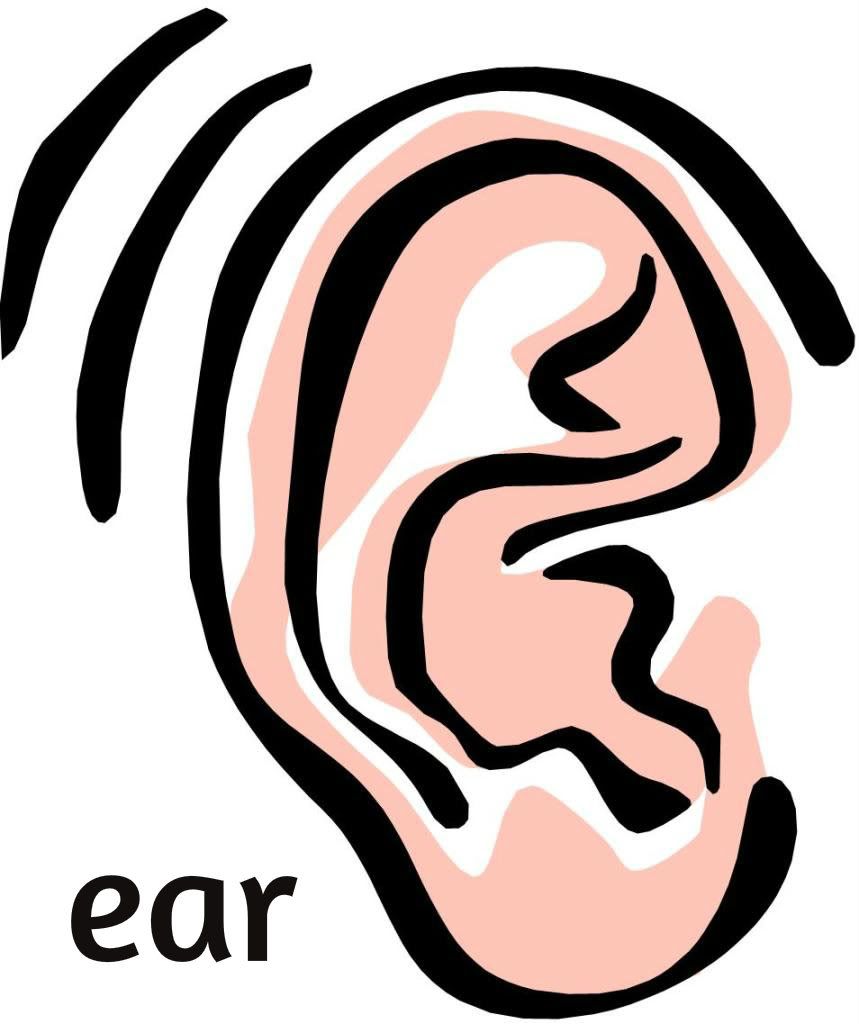I’ve taught a lot of students…I haven’t really done a
count of how many students I’ve had, but I will tell you that it’s somewhere in
the thousands of students that I’ve had, and this is something that I teach my
students to do. You have to chunk your material into small parts. You have to, in
order to be effective and masterful!

There’s another thing that comes before all of this
that I’ve just said- you need to know what type of learner that you are. I’m
not talking slow and fast here; I’m talking about how your brain breaks down
material. Some of us are audial learners, some of us are visual learners, and
then some of us are kinesthetic learners.
Many of us are
actually a combination of two, sometimes three, rarely all three, but sometimes
people are a combination of two different learning styles. You need to know how
you retain information. Like for myself, I know that I am an audial learner,
meaning that if you tell me something I will remember it more so than if you
told me to read something, or if you tell me to do something. You know with
some things I’m not the most mechanically inclined person but I’m not the least
mechanically inclined person either. I mean I assembled my own distilling
apparatus in chemistry, so you know, I can put things together but it’s not my
strength. My strength is through my hearing; that’s me.


So if you’re a person that’s musically inclined… if
you’re a person, let’s say that you’re watching a television program and you
remember the jingles of the commercials…I remember the jingles of commercials
for years, for twenty and thirty years. I could tell you that when I was a
child, the Breyers ice cream commercial used to scare me because it started
with thundering and lightening; those things- sounds- tend to stick with me. So
if I’m studying something, I’m going to want to put that in the format that my
brain accepts as quickly as possible. So if it’s something that is written, I’m
going to want to read that aloud. I’m going to use the other tools like Walker’s Mind Map, but I’m going to make
sure that when I visit this material, I’m going to visit it through my ears
because that’s the way that I retain information.
If you are audial then what you want to do is you want
to read your chapter, and you want to record it. Record yourself reading that
chapter, that way you can play it over and over and over again. We are in the
generation where everyone has some sort of device where they’re listening to
something, so why not put your notes in audio format and that way you can
listen to your notes on the go.
Now you might not be like me, you might have been the
child that your mom was always saying ‘are you listening to me?’ that might be
you. For example, my husband, I could talk to him all day long ( and just know in
my mind that I have communicated with him) and he will retain a portion of what
I said to him, but if I show it to him, he’s going to retain a greater percentage
of it. He is visual; he’s actually visual and kinesthetic. So if you are a visual learner, what you must
do is you must write it out. You have to write things out so that way it trains
your eye to see it, because that is the way that you retain information.

So you’re going to have to write things out, you’re going
to have to draw diagrams and schematics to help you to retain the
information. If you’re visual then you
want to use flashcards. Flashcards are excellent for the visual learner, and
the thing about flashcards that I really like is that you can get them in
different colors, you can get them bound, you can them unbound, you can take
them just about anywhere; they are extremely portable.
 Then we get to the kinesthetic learner. The
kinesthetic learner is the one that learns by doing. They learn by doing, so
you’re going to have to take what you are reading and you’re going to have to
put it into that format. And you’re probably saying ‘well Vanessa, how do I do
that?’ The way that you do that is you’re going to have to implement other
things. You’re going to have to take field trips. You’re going to have to concentrate
on anything that would allow you to put your hands on that particular thing. So
you may have a little bit more work to do, as opposed to the other learning
styles.
Then we get to the kinesthetic learner. The
kinesthetic learner is the one that learns by doing. They learn by doing, so
you’re going to have to take what you are reading and you’re going to have to
put it into that format. And you’re probably saying ‘well Vanessa, how do I do
that?’ The way that you do that is you’re going to have to implement other
things. You’re going to have to take field trips. You’re going to have to concentrate
on anything that would allow you to put your hands on that particular thing. So
you may have a little bit more work to do, as opposed to the other learning
styles.
For example, my husband is very proficient at building
things, and he’s very mechanical. He is the type of person that he can look at
the diagram of something, and he can go and build that particular thing because
he’s visual and kinesthetic. So he works on cars, he does all of these things;
he’s able to see something in its elemental parts, and then act on that and put
it together. This is a good quality to have. So instead of him reading about a
particular thing, he’s actually going to look to find out who’s doing that
particular thing. He’ll use something like, if he wants to learn something new,
instead of listening to it or instead of just reading it although he’s visual,
he will go to a place like YouTube and he’ll watch them actually put it
together (or take it apart). That enhances what he’s able to do because he’s
visual and kinesthetic.
The bottom line is this, when you are receiving the information,
you need to adapt it into the style that will enhance your learning. Afterward, you can develop it into the other learning
styles to suit your need.
So these are the things that you should use when you
are studying anything.
Vanessa  The APhTI Project
The APhTI Project
vw@aphti.com
vw@aphti.com
No comments:
Post a Comment